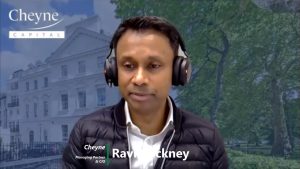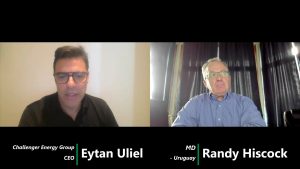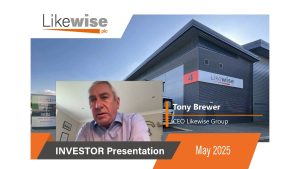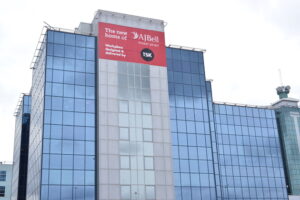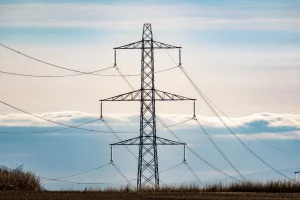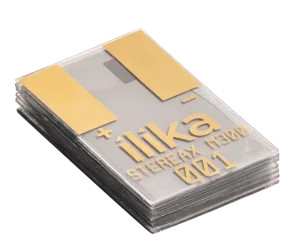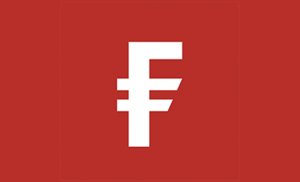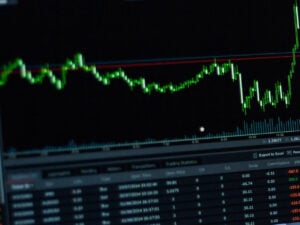Vietnam Enterprise Investments Limited (LON:VEIL) has announced its quarterly insights.
VEIL is a London-listed investment company investing primarily in listed equities in Vietnam and is a FTSE 250 constituent.
Domestic Conviction Meets Foreign Hesitation
Tuan Le, Lead Portfolio Manager
Vietnam’s equity market entered the final quarter with momentum intact and domestic investors still in the driving seat. Through 3Q25, the Vietnam Index (VNI) rose 28.1% YTD in US dollar total return terms, inching down to 27.3% by the end of October, even as foreign investors withdrew nearly $5.0bn YTD. The question is why foreigners sold into strength, and why do domestic investors see something different?
Global risk appetite has cooled amid higher global interest rates and strong returns in developed markets, which tend to reduce allocations to emerging markets. Profit repatriation by FDI investors has tightened foreign exchange liquidity and exacerbated pressure on the Vietnam dong. Tariff caution, even with a clearer 20% baseline, has led some allocators to wait for full implementation detail rather than pre-position. However, none of this is structural to Vietnam’s domestic story. The direction of travel is being shaped by a reform agenda that empowers the private sector, lowers frictional costs, delivers large public investment to improve infrastructure and support real estate, and is anchored by a banking system able to fund private capital expenditure.
Impressive 3Q25 earnings confirm this domestic growth story. With nearly all VNI constituents having reported, results were strong, high quality, and broad based. VNI NPAT rose 21.2% YoY on revenue growth of 7.2% in 3Q25, taking 9M25 to 22.4% and 9.0%, respectively. Profits were driven by solid revenue and margin gains rather than one-off financial income. This earnings resilience sits alongside GDP growth of 7.9% for 9M25 and 8.2% in 3Q25, well ahead of regional peers, supported by infrastructure spending, real-estate recovery, and resilient consumption.
Standout performances were visible in areas where VEIL is overweight, especially consumer discretionary and financials. Consumer discretionary NPAT was up over 100% on the highest revenue in five quarters. Major portfolio holdings Mobile World (MWG) benefitted from sustained profitability at its BHX grocery chain, and Phu Nhuan Jewelry (PNJ) was supported by the rising gold price and low-cost inventory. Brokerage profits surged nearly 200% YoY in 3Q25 as record liquidity and margin lending supported returns. This also lifted fee income for our portfolio’s banks, in tandem with steady profit growth from healthy credit demand and bad-debt recoveries.
Sentiment was further buoyed by FTSE Russell’s decision to place Vietnam on the pathway to Secondary Emerging Market status by September 2026. The significance lies less in any immediate change to fundamentals and more in tangible progress in market infrastructure. The upgrade reflects settlement reform, removal of pre-funding requirements, and measures to enhance transparency and governance. FTSE inclusion should help offset foreign selling as global trackers add exposure ahead of formal inclusion in the coming year, with estimated inflows of $3-5bn. Furthermore, we believe the larger structural re-rating will come when Vietnam meets MSCI’s EM criteria, a goal often referenced in the market as being potentially achievable by 2030 based on the successful implementation of ongoing reforms.
What does this mean for Vietnam Enterprise Investments?
We entered 2025 positioned for domestic demand to do more of the lifting, and recent data reinforces that stance. The real estate recovery has validated our positioning, with transactions up nearly 20% in the first half of the year and government revenue from land-use fees already surpassing the 2024 total at a record $9.4bn. Our real estate holdings are benefiting from this renewed developer confidence, underpinned by clearer regulation and faster project approvals that are converting backlog into sales.
Infrastructure momentum adds a second pillar of support. Public investment reached $24.3bn by end-October, up 27.8% YoY, reflecting better execution as reforms move from theory to delivery. With debt/GDP at about 33% and corporate credit still moderate, funding capacity remains comfortable. Legal reforms have also streamlined land-bank monetisation, allowing earlier project execution. This directly benefits our bank and materials exposures, which finance and supply these projects.
Broader domestic demand continues to support VEIL’s consumer exposure. Modern retail is steadily gaining share from traditional markets as purchasing power rises and consumers seek greater convenience, reliability, and brand choice. MWG is emblematic of this trend, using technology to enhance supply-chain efficiency across its expanding store network. This kind of scalable, cash-generative growth reflects the durable earnings quality VEIL seeks to own.
That translates into three clear priorities:
· Domestic earnings: We back the companies powering Vietnam’s internal growth cycle. Our core banks are financing the working economy with stronger fee income and balance-sheet quality, while our retail holdings capture formalisation and rising household spending.
· Private sector: Reform is handing more of Vietnam’s growth to private enterprise. We hold exposure where execution is visible and capital discipline is proven, in infrastructure, materials, and real estate with clear approvals, sound balance sheets, and credible management.
· Capital market infrastructure: Market reforms will deepen access and liquidity. Central counterparty clearing, broader derivatives, and improved FX and hedging, together with a $50bn IPO pipeline, will broaden the listed universe, attract long-term capital, and improve price discovery, reinforcing the conditions for VEIL’s earnings-led approach.
Key watch items remain the global trade and rate environment, FX liquidity and pressure on the dong, and execution risk around major infrastructure projects. Avoiding the kind of maturity mismatch that destabilised Thailand’s projects in the late 1990s, where long-term assets were financed with short-term foreign loans, will be important, though Vietnam’s funding mix, predominantly bank-based and supported by improved legal frameworks, reduces this risk. A further consideration is the risk of a sharp correction in US equity markets, where gains have become increasingly concentrated in AI-linked names; any reversal could tighten global risk appetite and spill over into emerging-market positioning.
These factors may affect short-term sentiment but do not, in our judgement, undermine the core domestic demand thesis that anchors the portfolio. Looking to 2026, our base case is that profits continue to compound, with domestic private sector engines leading VNI earnings growth of circa 16%. Over the next 12-24 months, a deeper investor base, new-listing pipeline, and ongoing market-access reforms should support liquidity and valuation resilience.
Top Ten Holdings (50.8% of NAV)
| Company | Sector | NAV Weight % | VNI Weight % | Weight vs Index % | YTDReturn % | 1-Year Rolling Return % | |
| 1 | Vinhomes | Real Estate | 7.8 | 5.9 | 1.9 | 148.3 | 123.7 |
| 2 | Mobile World | Consumer Discretionary | 5.4 | 1.6 | 3.8 | 24.6 | 7.6 |
| 3 | VP Bank | Financials (Banks) | 5.2 | 3.4 | 1.8 | 60.4 | 47.7 |
| 4 | Techcombank | Financials (Banks) | 5.0 | 3.7 | 1.3 | 52.0 | 49.3 |
| 5 | Hoa Phat Group | Materials | 4.7 | 3.0 | 1.7 | 22.2 | 19.2 |
| 6 | Vingroup | Real Estate | 4.6 | 9.4 | (4.8) | 316.0 | 287.2 |
| 7 | Vietinbank | Financials (Banks) | 4.6 | 3.8 | 0.8 | 29.6 | 27.8 |
| 8 | BIDV | Financials (Banks) | 4.5 | 3.9 | 0.6 | 2.7 | (9.5) |
| 9 | Vietcombank | Financials (Banks) | 4.5 | 7.2 | (2.7) | (2.0) | (6.3) |
| 10 | MB Bank | Financials (Banks) | 4.4 | 2.9 | 1.5 | 54.2 | 45.1 |
| VEIL NAV | – | – | – | – | 22.6 | 18.8 | |
| Vietnam Index | – | – | – | – | 28.1 | 21.9 |
Source: Bloomberg, Dragon Capital
NB: All returns are given in total return USD terms as of 30 September 2025











